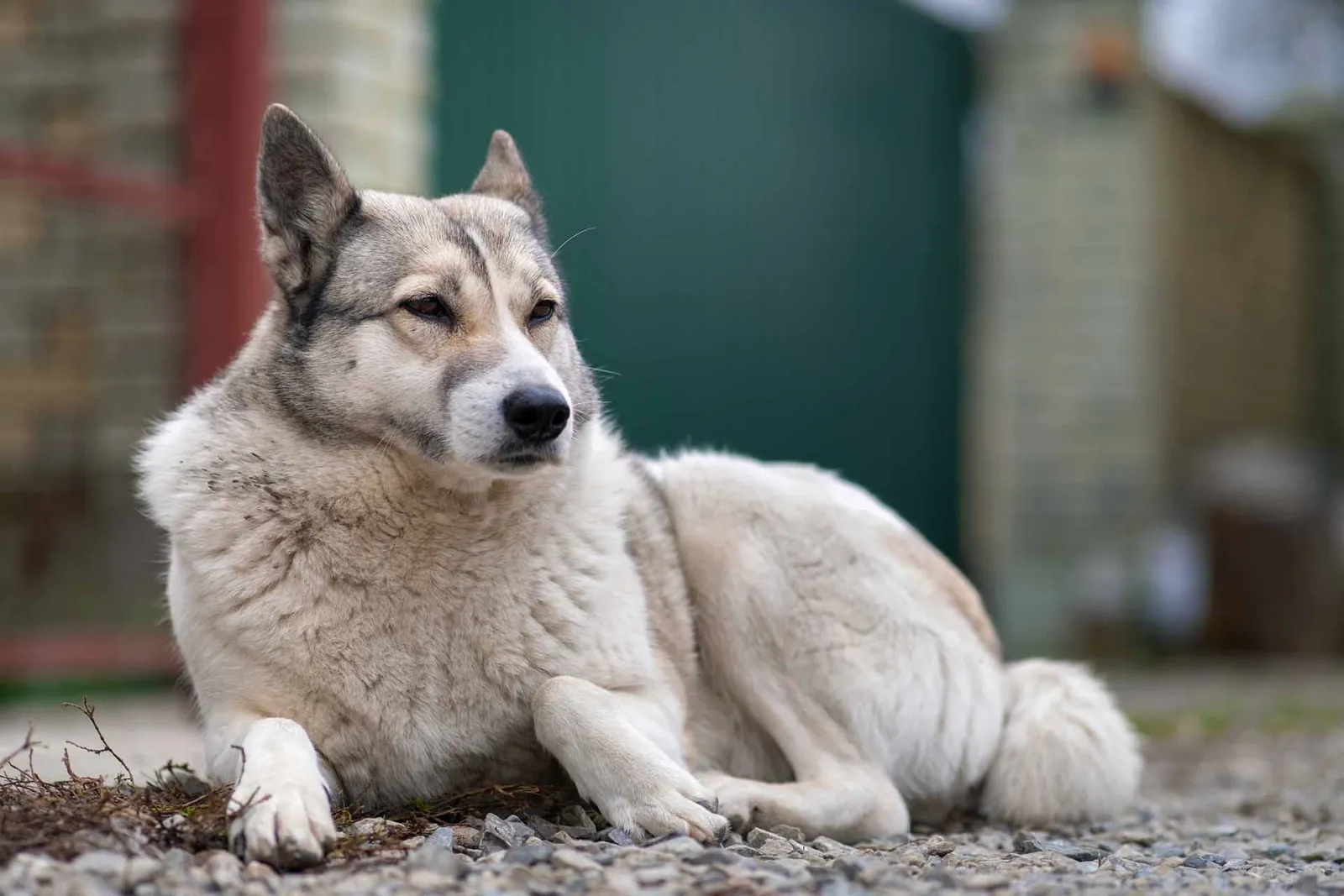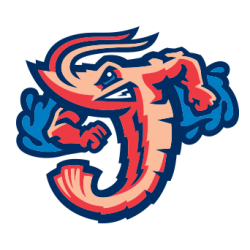What is Gastric Dilatation and Volvulus (GDV) in Dogs?
What is GDV in Dogs?
- Gastric Dilatation and Volvulus (GDV) is a severe condition that can be life-threatening.
- Early signs of GDV include abdominal distension, restlessness, and excessive drooling.
- Treatment for GDV requires urgent veterinary intervention, often involving surgery.

What is Gastric Dilatation and Volvulus (GDV) in Dogs?
Gastric Dilatation and Volvulus (GDV), commonly referred to as bloat in dogs, is a serious and life-threatening condition that affects many dogs, particularly large and deep-chested breeds. The condition occurs when the stomach fills with gas and expands (dilatation), which can eventually twist on itself (volvulus). When this happens, the blood supply to the stomach and other organs is cut off, and without prompt treatment, the situation can become fatal within hours. Understanding the signs of a dog's stomach flipping is essential for early intervention.
Causes of GDV
While the exact cause of GDV is not fully understood, several risk factors contribute to its development. Dogs that gulp their food or water quickly, engage in strenuous exercise after meals, or experience extreme stress may be at higher risk. Some breeds are particularly susceptible due to their deep-chested anatomy. Additionally, age, genetics, and feeding practices, such as feeding only one large meal per day, can increase the likelihood of a dog experiencing GDV.
Recognizing the Symptoms of GDV
Identifying GDV in its early stages can mean the difference between life and death for your dog. The most common early sign is abdominal distension (swelling of the belly), often accompanied by attempts to vomit without bringing anything up. Other signs of a dog's stomach flipping include restlessness, pacing, and excessive drooling. You may also notice your dog is in visible discomfort and may whine or moan.
If GDV progresses, more severe symptoms may appear, such as pale gums, rapid heart rate, weakness, or collapse. These are indications that your dog is in critical condition and requires immediate veterinary attention. If you suspect your dog is suffering from GDV, do not wait—this is a medical emergency.
How GDV is Diagnosed
Once at the veterinary clinic, your vet will conduct a physical examination and X-rays if necessary to confirm GDV. The X-rays can reveal whether the stomach is twisted or simply bloated. Blood tests might also be conducted to assess the extent of the damage to the dog's organs.
Treatment Options for GDV
Treating bloat in dogs requires urgent medical attention. In serious cases where the stomach has twisted, surgery is necessary to untwist the stomach and return it to its normal position. The surgery may also include a procedure called gastropexy, which secures the stomach to the abdominal wall to prevent future twists.
Prior to surgery, the vet will likely try to stabilize the dog by administering fluids and medications to control pain and shock. Decompressing the stomach using a tube or needle may also be attempted to release some of the trapped gas.
Post-surgery, the recovery process can be extensive. Your dog will need close monitoring for potential complications such as heart arrhythmias or infection. Aftercare includes a gradual reintroduction to food and restricted physical activity for several weeks.
Preventing GDV in Dogs
While GDV can't always be prevented, you can reduce your dog's risk. Feeding smaller, more frequent meals can help avoid the rapid expansion of the stomach. Using slow feeders or puzzle bowls can also slow down the eating process. Additionally, limiting strenuous activity immediately before and after meals can reduce the chances of abdominal distension. For high-risk breeds, preventive gastropexy surgery can be considered, especially if the dog has already experienced GDV once.
If your dog exhibits any signs of bloat in dogs, such as a swollen abdomen or attempts to vomit with no success, it's important to get them to a vet as quickly as possible. Immediate action could save your pet's life.
When to Seek Emergency Help
Recognizing the signs of GDV early and acting quickly are crucial. If your dog displays pale gums, abdominal swelling, or is excessively drooling, it's time to seek emergency help. GDV can progress rapidly, and without immediate treatment, the condition can lead to severe complications or death. For immediate assistance, it's important to contact a trusted veterinary clinic, such as Forever Vets, to ensure your dog receives the care they need.
Gastric Dilatation and Volvulus is a condition that can strike quickly and without much warning, but by understanding the risk factors, symptoms, and treatment options, you can be better prepared to protect your dog. Keep an eye on early signs of a dog's stomach flipping, such as abdominal distension, and don't hesitate to act if you suspect something is wrong. Time is critical in these cases, and with the proper care and quick response, the chances of a full recovery are significantly increased.
For more information on emergency services or to schedule a routine check-up for your dog, visit Forever Vets today.


